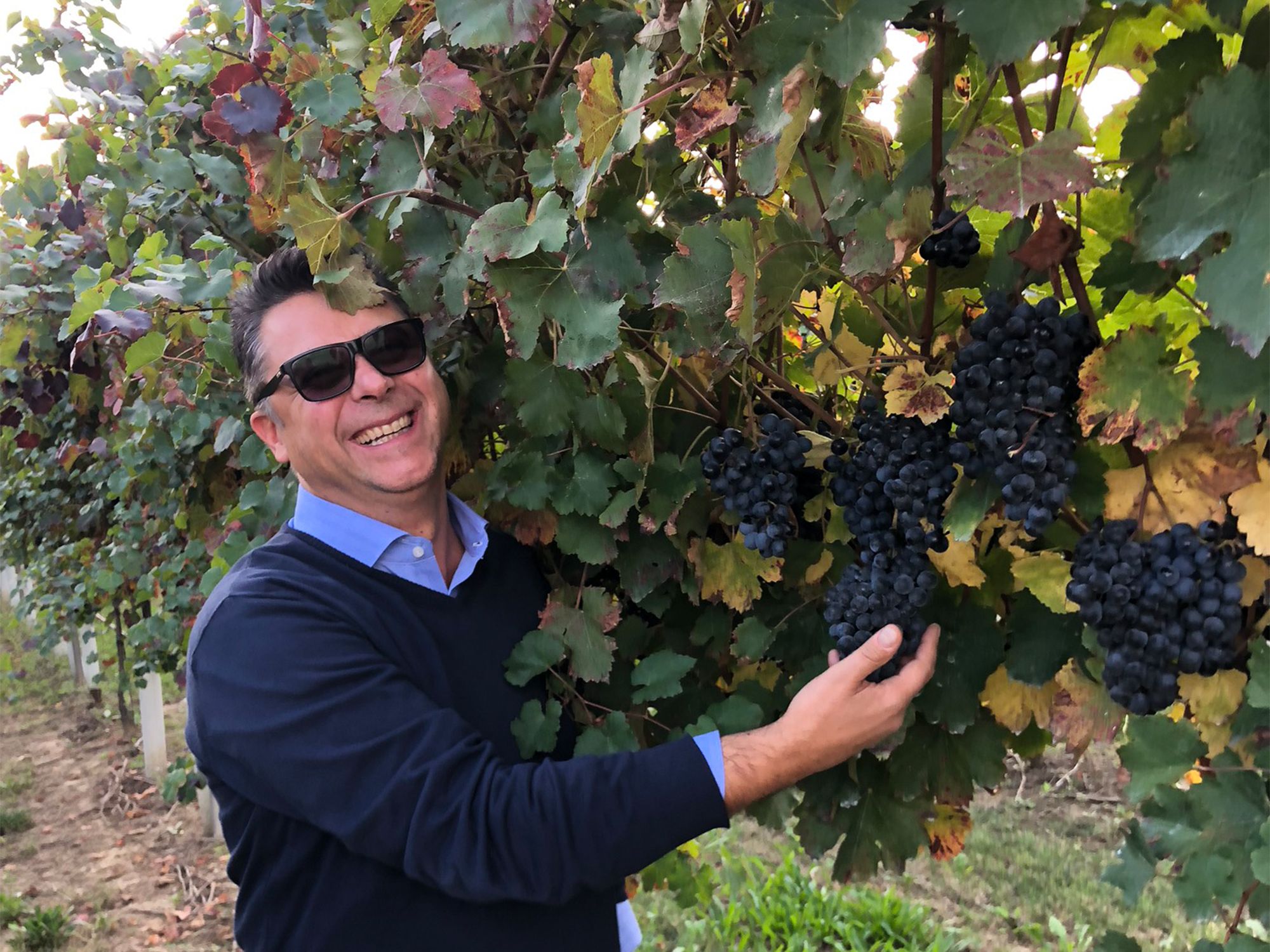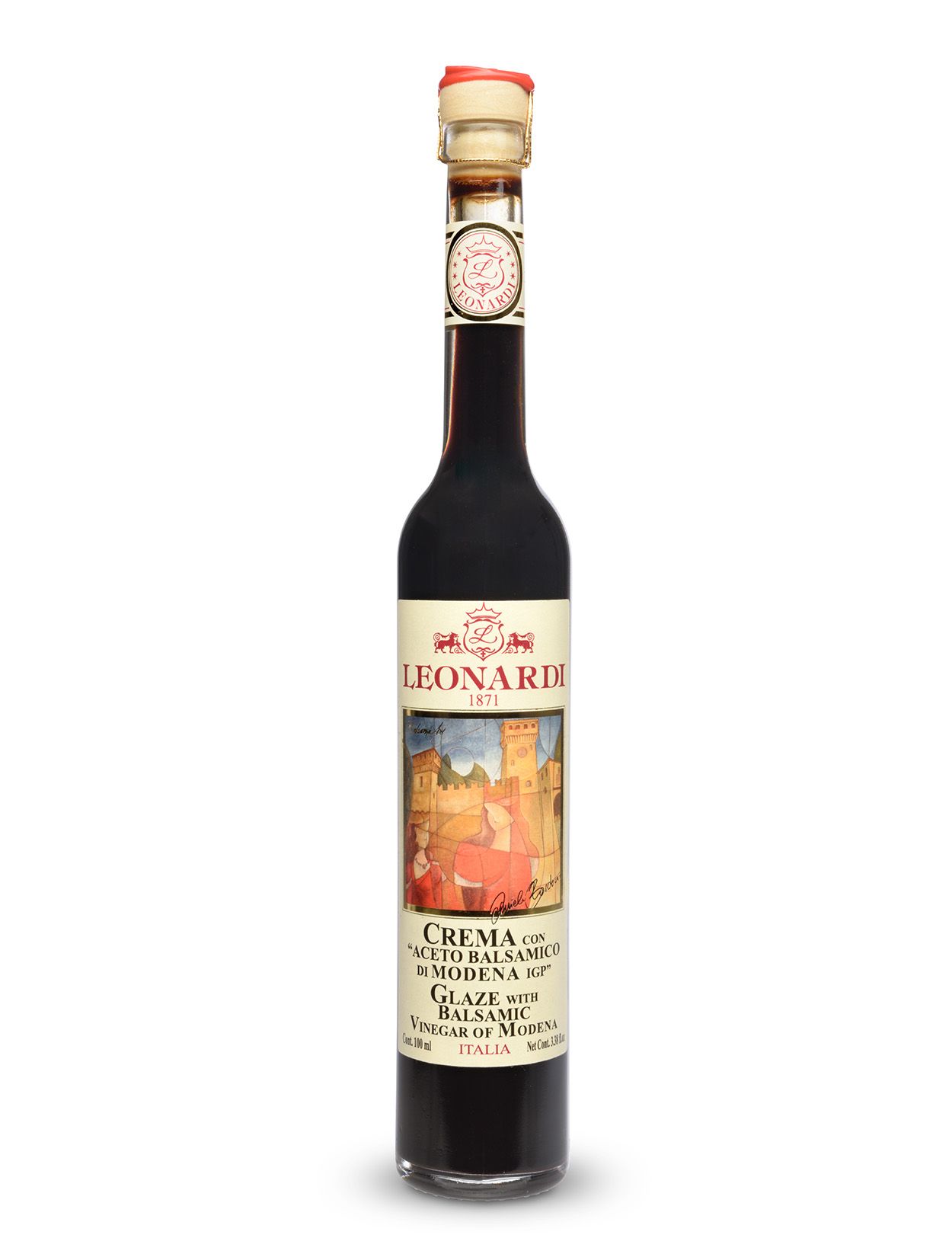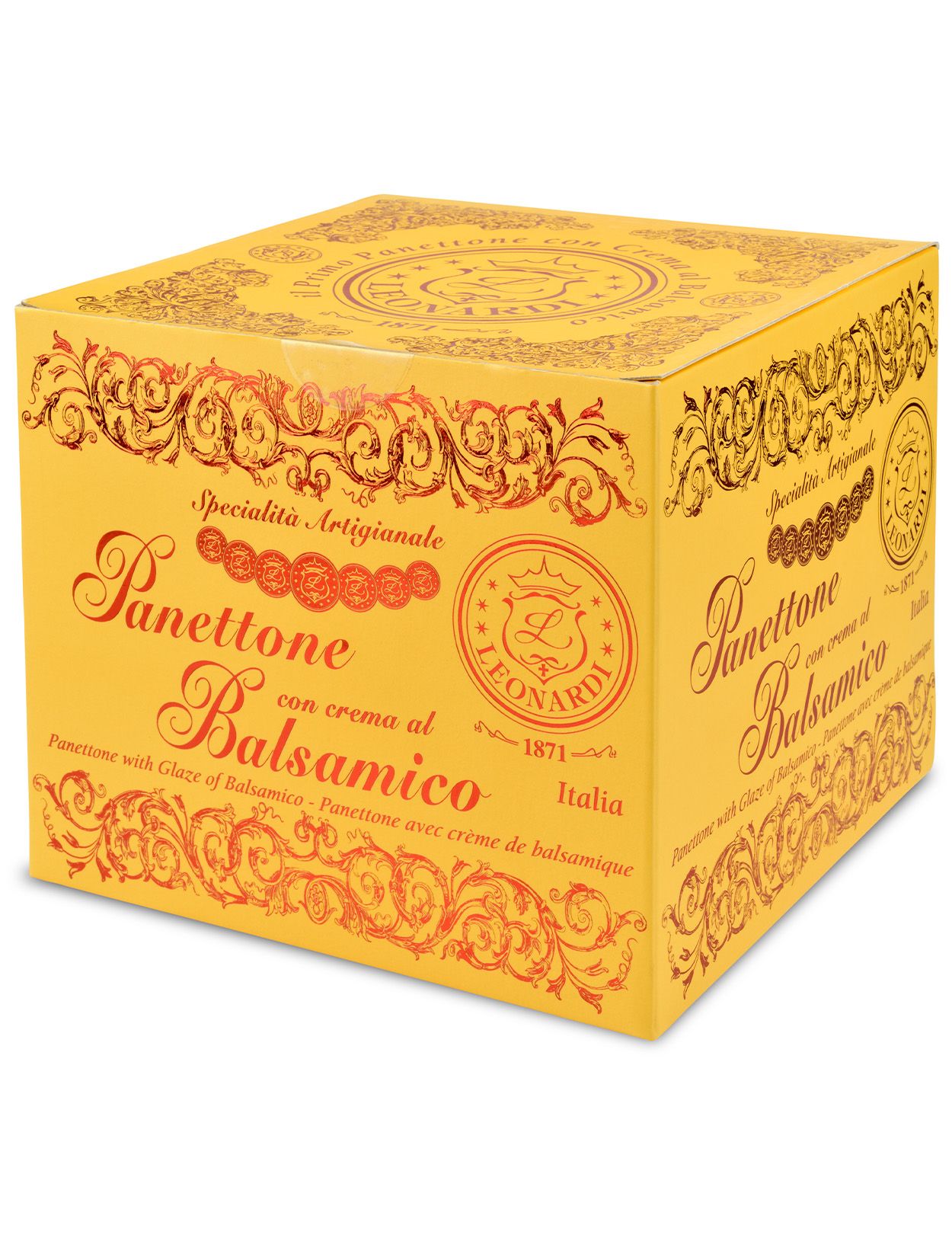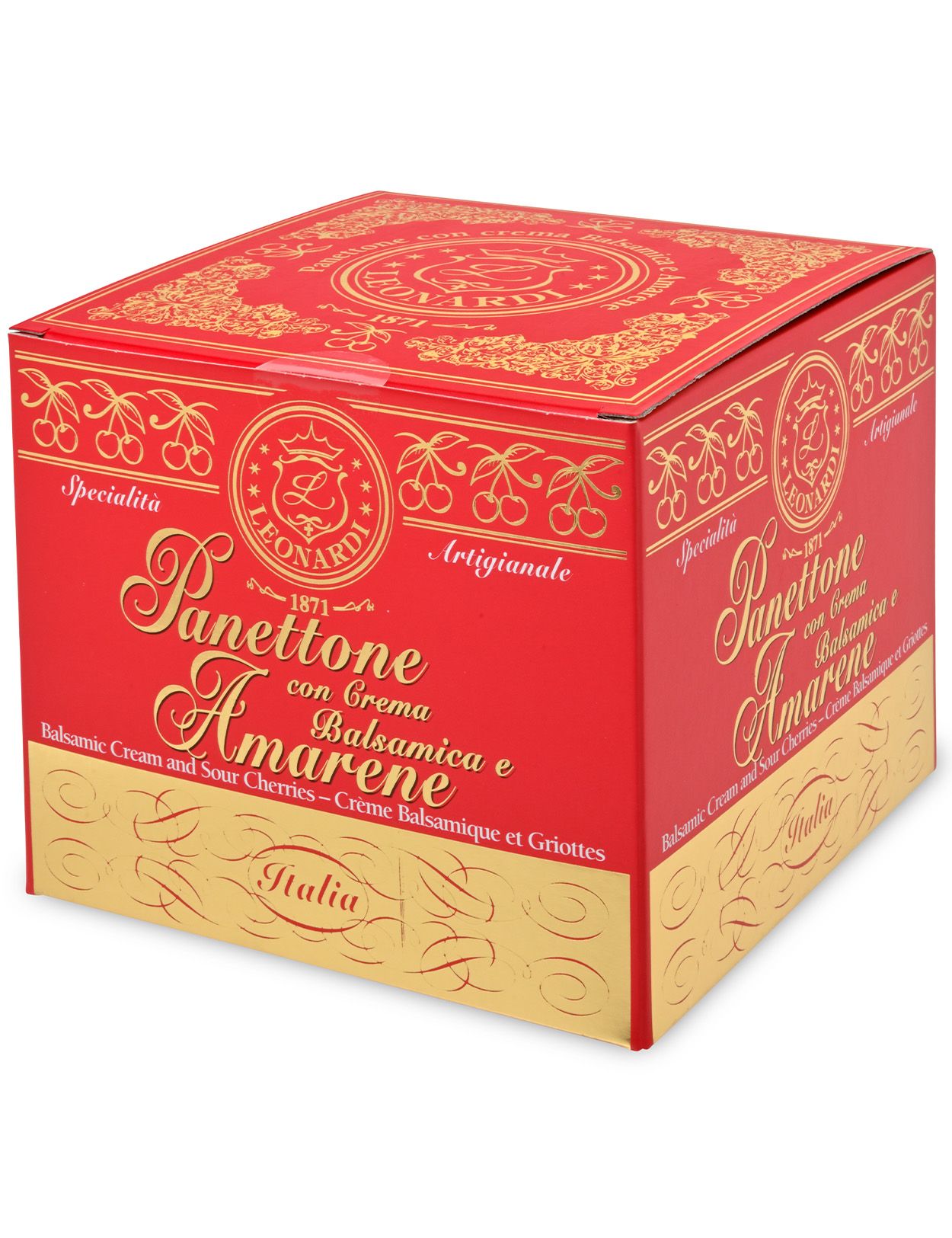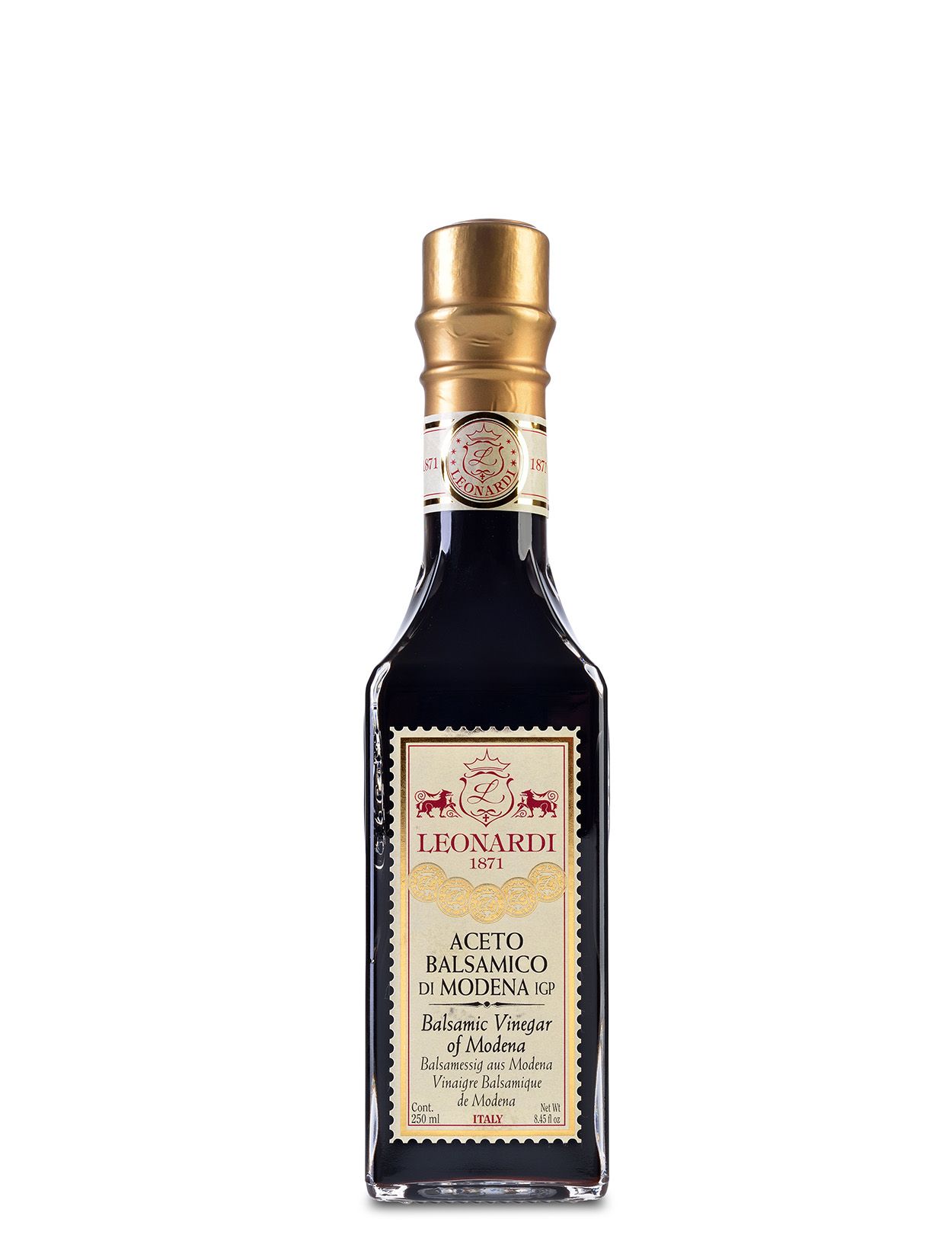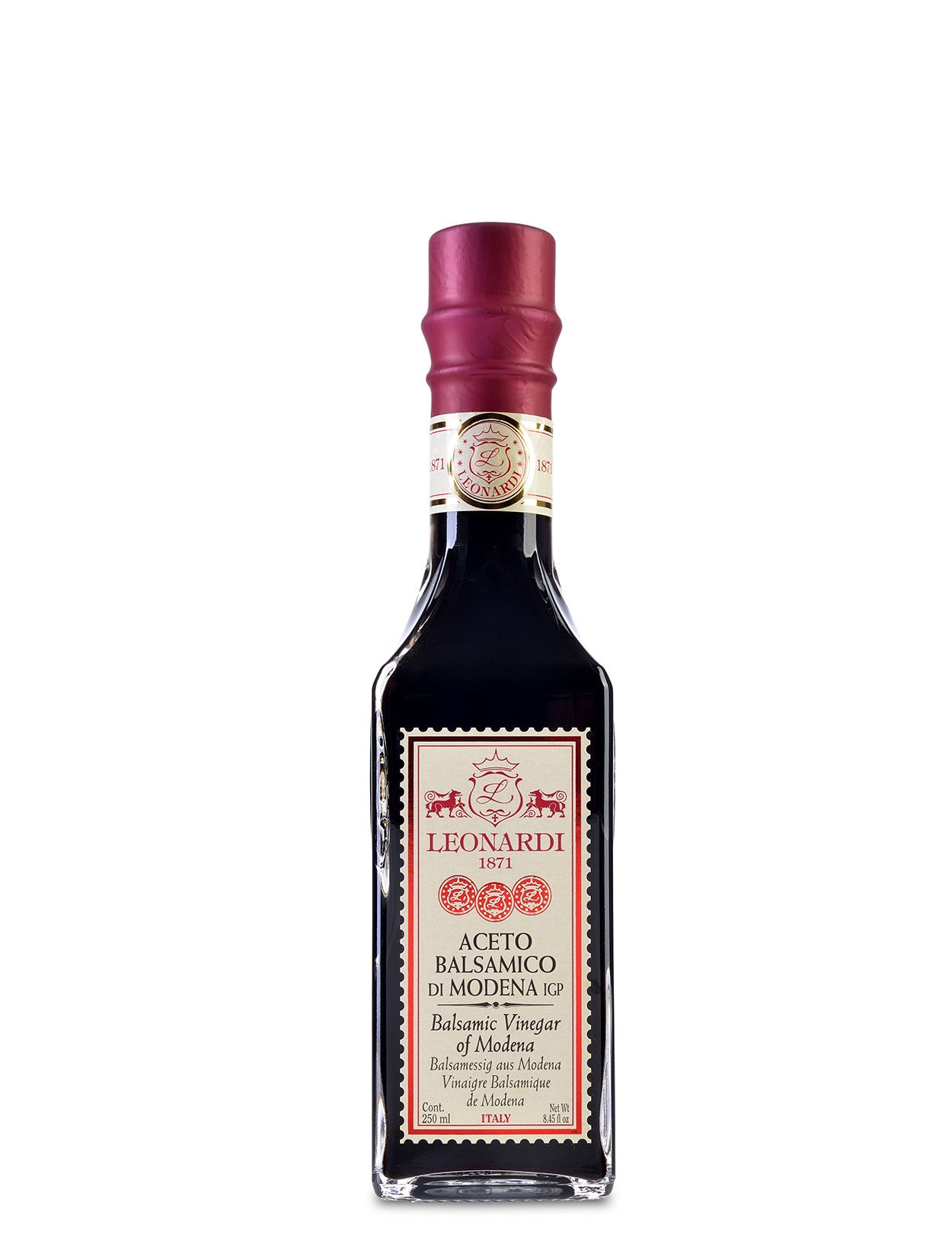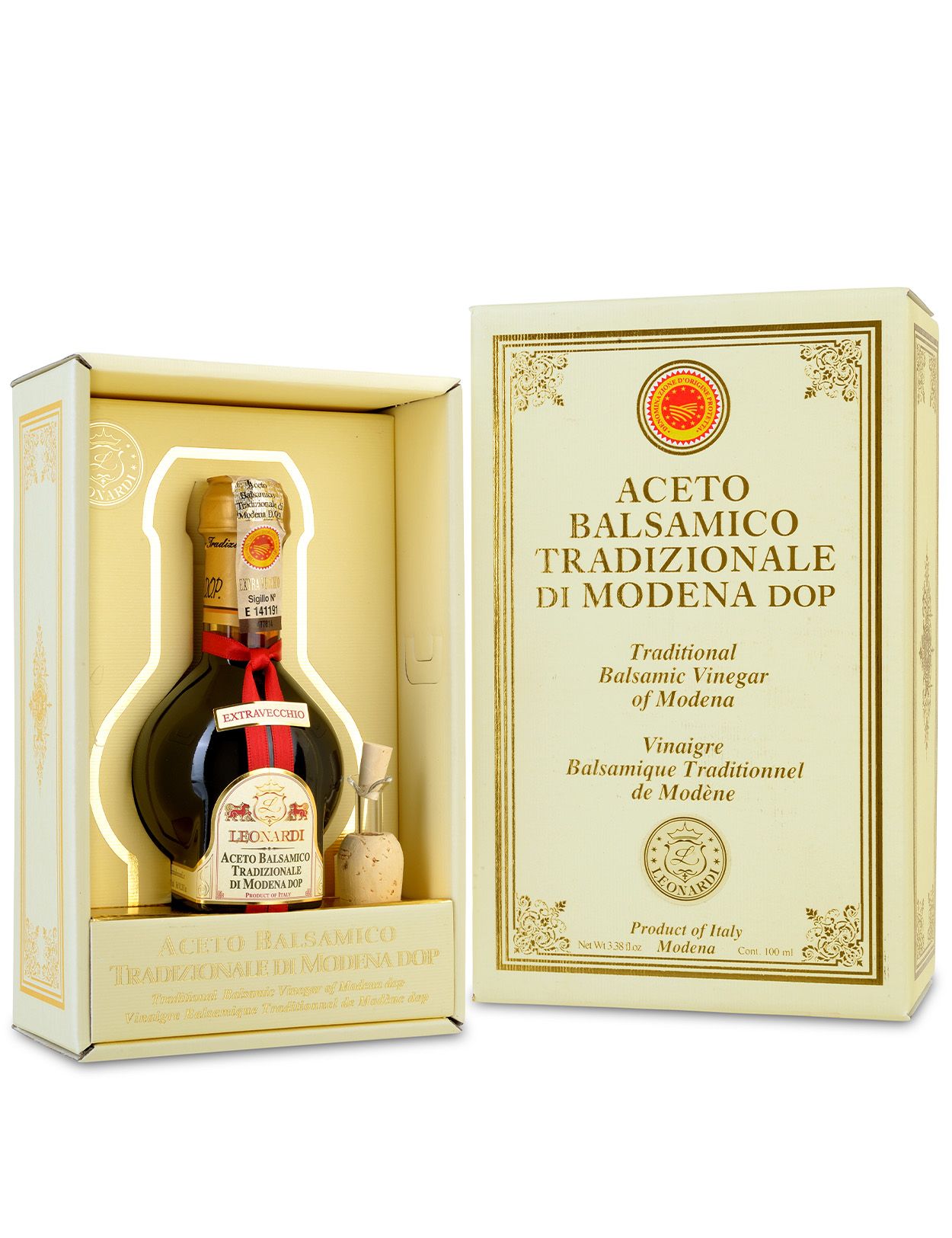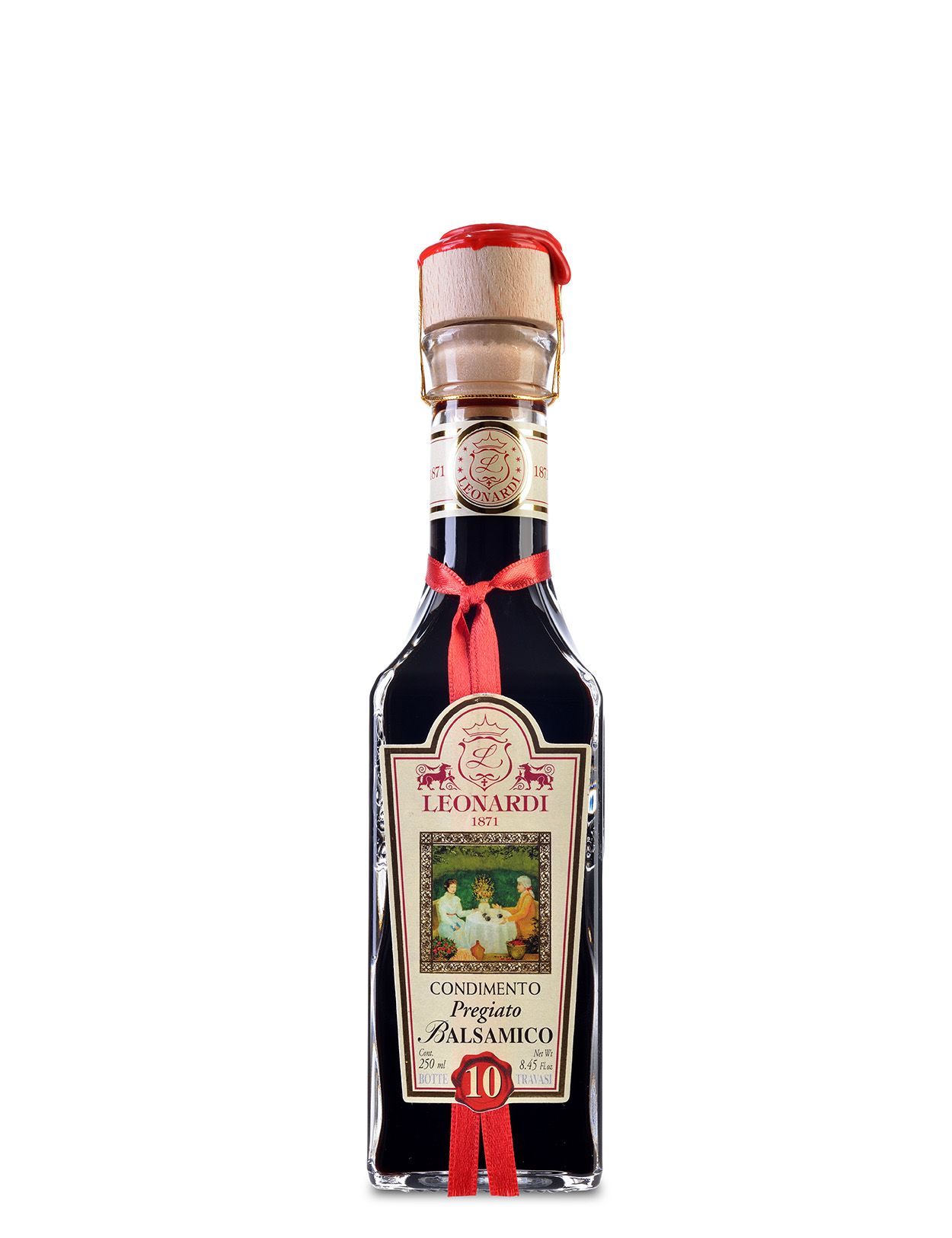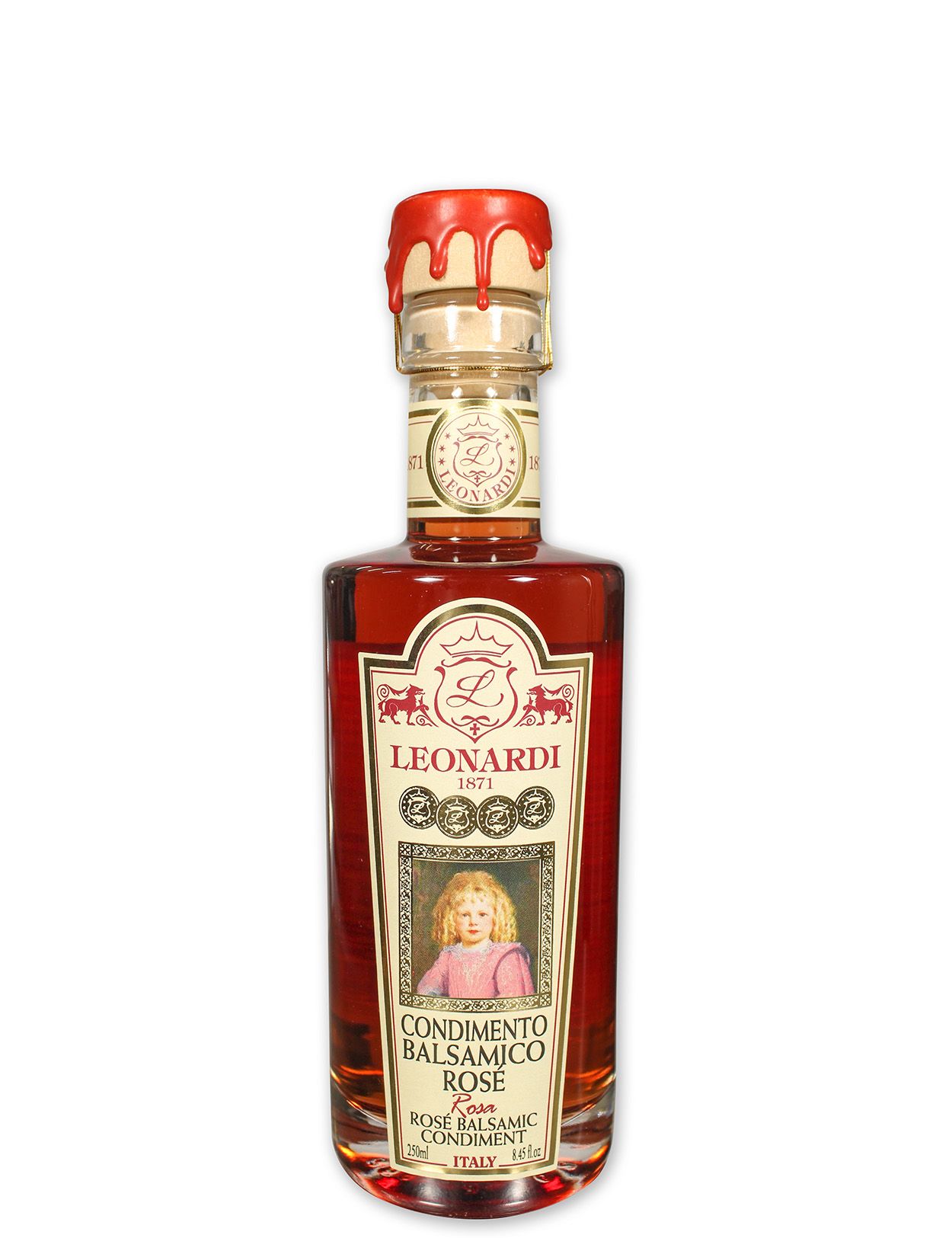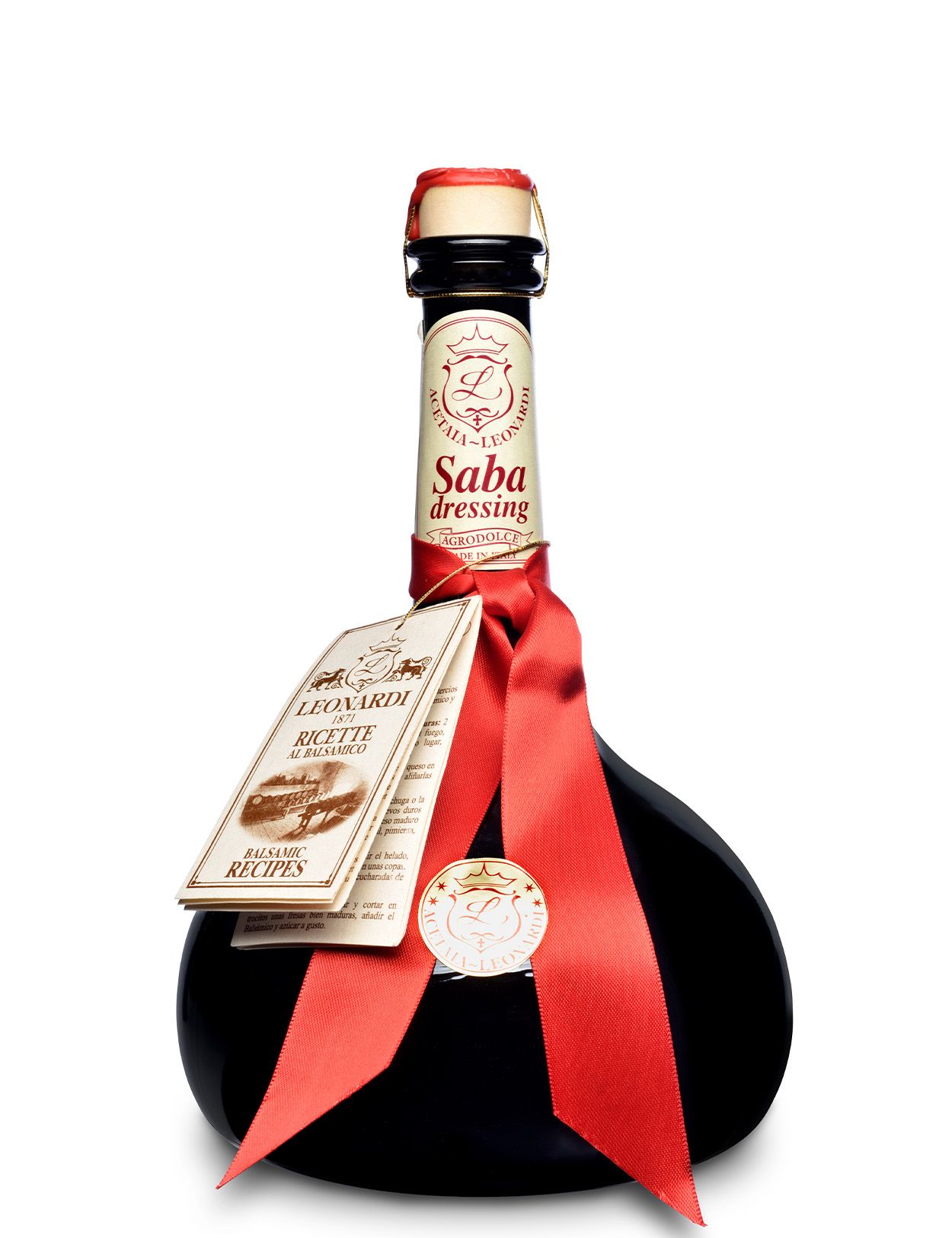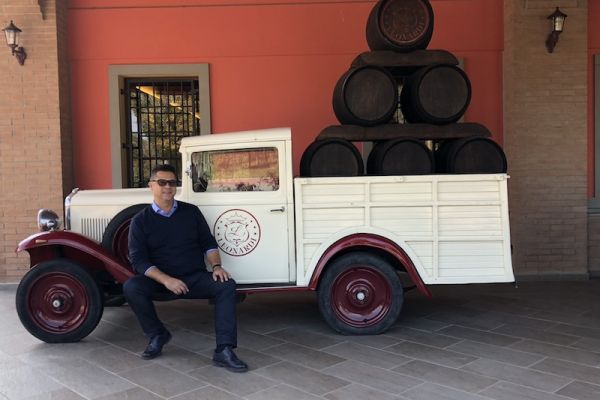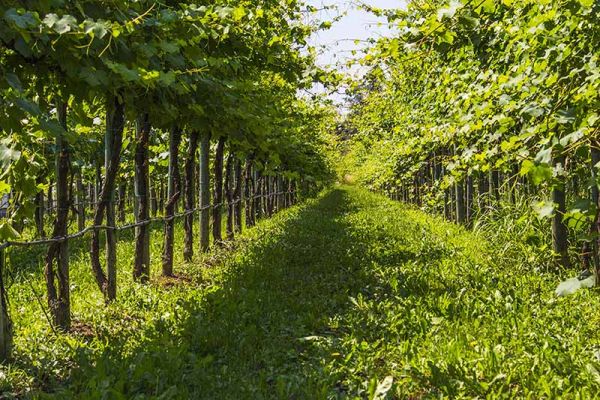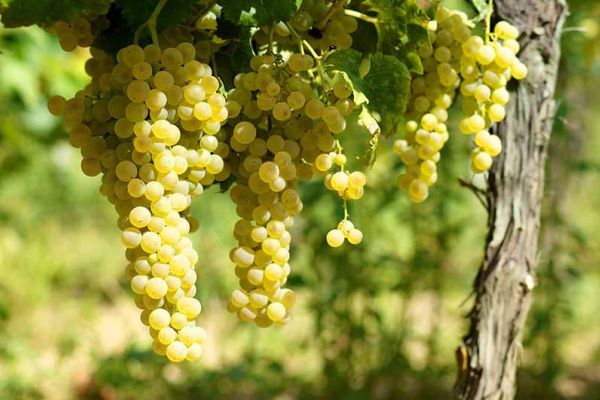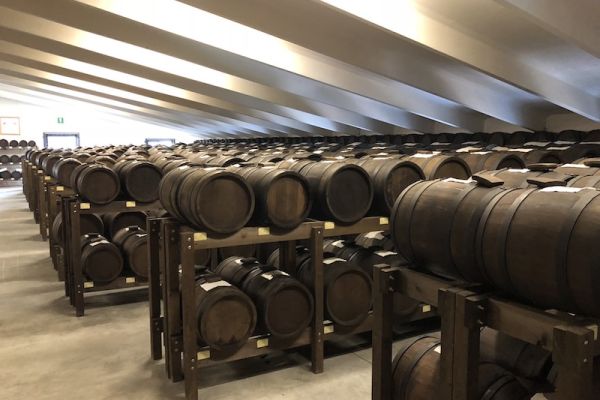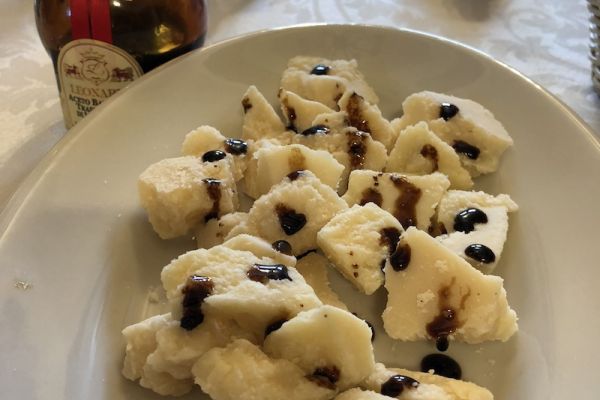
Acetaia Leonardi
-
Email:
This email address is being protected from spambots. You need JavaScript enabled to view it. -
Website:
-
Region:
-
Address:62 Via Mazzacavallo, Magreta, 41010
There are over 300 producers of balsamic vinegar in Modena, but only a few can say their balsamic is made from grapes grown on their own estate. Since 1871 and for four generations, the famiglia Leonardi, with Giovanni as the artist and his son Franceso in marketing, embody what we at Manicaretti believe to be one the most perfect producers of its kind.
The Leonardi farm is located 16 km. southwest of the city of Modena, near the river Secchia and Sassuolo at the foothills of the Apennines. The 10 hectares of land surrounding the family house and acetaia have a canopy of local clones of Lambrusco and Trebbiano grapes, which have been planted and trained in arbor method to ensure that the fruit ripens in the shade of its own leaves during the very hot summer months. The grapes are hand-harvested in September and October and crushed using a pneumatic-press, which gently bursts the fruit without crushing the stems or the seeds. The resulting mosto is cooked for 72 hours in an open-air copper cauldron at 85° C until it has lost almost 70% of its initial volume and becomes a dense, dark, fragrant and deliciously sweet brown syrup. Giovanni emphasizes that the temperature should never exceed 90° C because it would create excessive amount of caramelization, giving the vinegar a bitter taste which would be impossible to remove.
From this point onward, every vinegar maker has his own tradition, “recipe” and style. At the Leonardi farm, the mosto is poured into stainless-steel tanks (such as those used in wineries) which are located outside so that the cold autumn air will prevent it from fermenting. The mosto is then transferred into large oak casks and innoculated with older balsamic vinegar, which starts the process of fermentation that will take at least 4 to 7 years.
After 4 years and during the winter months, Giovanni distributes the saba among all the different batterie (sets of barrels), located in the attics of all the buildings around the farm. (Balsamic vinegar barrels are always stored in attics—the difference in temperatures between summer and winter, day and night, rain or shine, is what makes the magic happen within them.) A batteria is composed of at least six barrels of different types of precious woods such as chestnut, oak, cherry and juniper, as well as ash and mulberry, giving the balsamic vinegar aromatic notes during the aging process. These notes differ from producer to producer, allowing for individual nuances.
Every winter, Giovanni follows the same ritual: starting from the smallest barrel, he takes a few liters of the older balsamic vinegar which is immediately bottled. In its place, he pours the same amount he removed from the barrel located next to it, and so on and so forth, until he fills the amount removed from the largest barrel with the aged saba. This aging of balsamic vinegar can take anywhere from 15 to 150 years, giving a more dense, complex and shiny syrup as time in the barrel increases. Depending on how long the balsamic vinegar has spent in the batterie, the nuances, aromas, sweetness and acidity blend with bitterness and roundness to create a product without peers. The best way to taste a Leonardi balsamic vinegar is as Giovanni does: pour a drop on the back of your hand and lick it!

